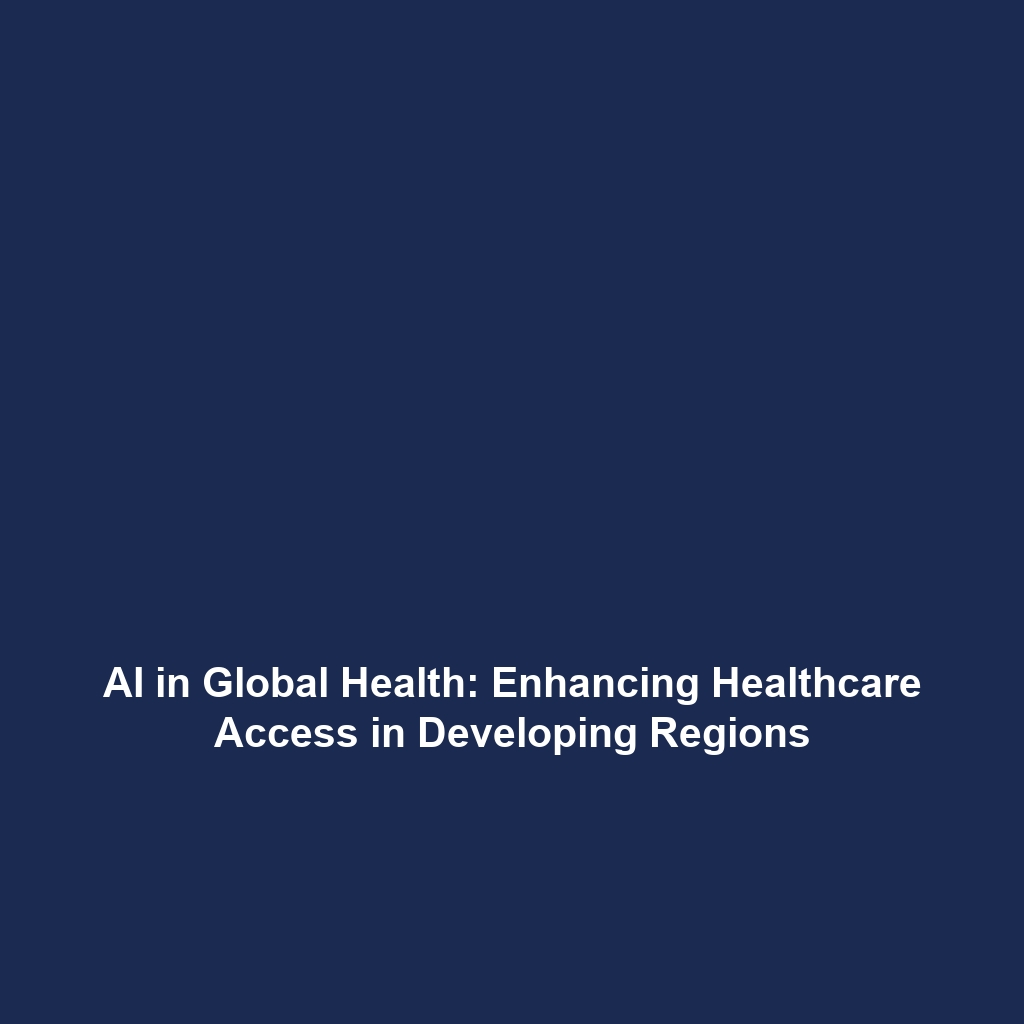AI in Drones and Robotics: The Ethical Implications of Autonomous Drones
As technology evolves, the integration of artificial intelligence (AI) in drones and robotics raises critical ethical questions that resonate deeply within the realm of AI Ethics. Autonomous drones, capable of performing complex tasks without human intervention, present unprecedented opportunities and dilemmas. Understanding the ethical implications involves examining how these technologies influence various sectors—including military, delivery services, and surveillance—while navigating the moral landscape they create.
Key Concepts of AI Ethics in Drones and Robotics
The intersection of AI in drones and robotics brings forth several key concepts that underpin the ethical discourse surrounding autonomous systems:
- Autonomy: The ability of drones to make decisions independently raises concerns about accountability and responsibility.
- Transparency: Understanding how drones make decisions is critical to ensuring ethical usage and public trust.
- Bias and Fairness: AI algorithms can reflect societal biases, leading to unfair outcomes in applications such as surveillance and policing.
- Privacy: Autonomous drones can infringe on personal privacy, making ethical guidelines imperative to protect individual rights.
Applications and Real-World Uses
AI in drones is utilized across various sectors, showcasing its potential while highlighting ethical implications:
- Military Operations: Autonomous drones are increasingly employed in reconnaissance and combat roles, raising ethical questions about their use in warfare.
- Delivery Services: Companies like Amazon are testing drone delivery, prompting discussions about safety, privacy, and environmental impacts.
- Disaster Response: Drones assist in search-and-rescue missions, but the ethical implications of autonomous decision-making in critical scenarios must be considered.
Current Challenges of Autonomous Drones
Despite the advantages, several challenges persist in studying and applying AI in drones and robotics:
- Regulatory hurdles hinder the widespread adoption of autonomous drones.
- Public skepticism regarding privacy and surveillance issues creates barriers to acceptance.
- Technical limitations, such as processing power and navigation accuracy, restrict operational capabilities.
Future Research and Innovations
Looking ahead, the future of AI in drones and robotics is poised for significant innovation, which may impact the field of AI Ethics profoundly:
- Developments in machine learning could enhance decision-making processes in autonomous drones, driving the need for new ethical frameworks.
- Next-generation technologies, such as improved autonomy and better navigation systems, hold promise for more reliable and efficient operations.
- Research into ethical AI will continue to evolve, addressing the moral implications of autonomous actions and accountability.
Conclusion
The discussion surrounding AI in drones and robotics—and the ethical implications of autonomous drones—is crucial for shaping future societal norms and regulations. By examining the key concepts, real-world applications, current challenges, and potential future innovations, stakeholders can better navigate the complexities of AI Ethics. As technology continues to advance, it is imperative to engage in ongoing conversations about ethical frameworks and accountability in the use of autonomous systems.
For further insights into AI Ethics and related topics, consider exploring our articles on AI Ethics Overview and The Future of Robotics.

